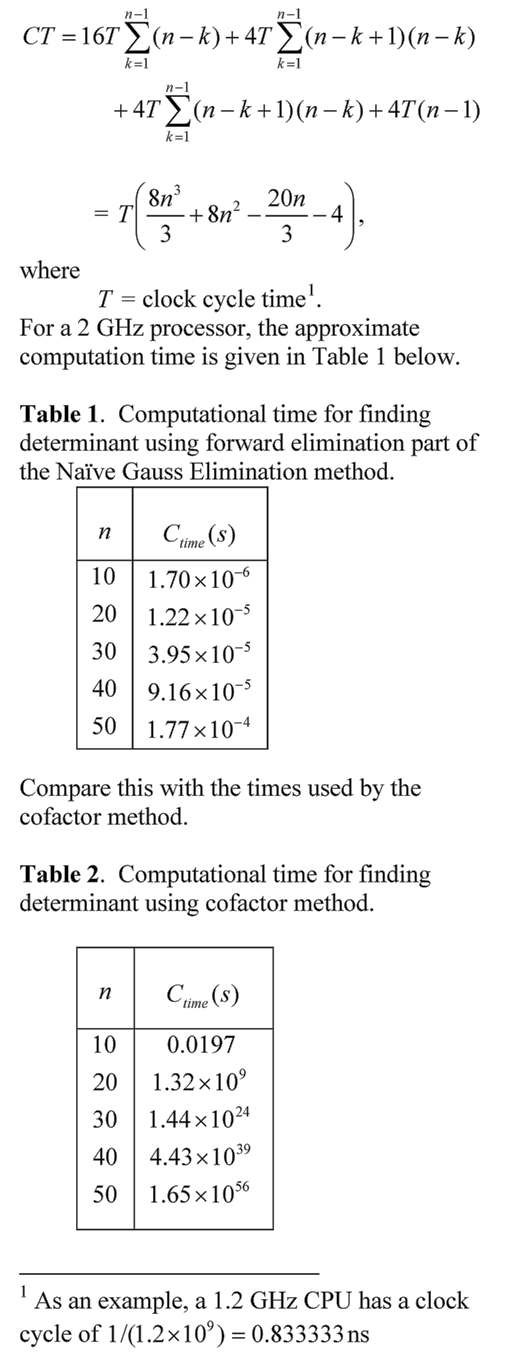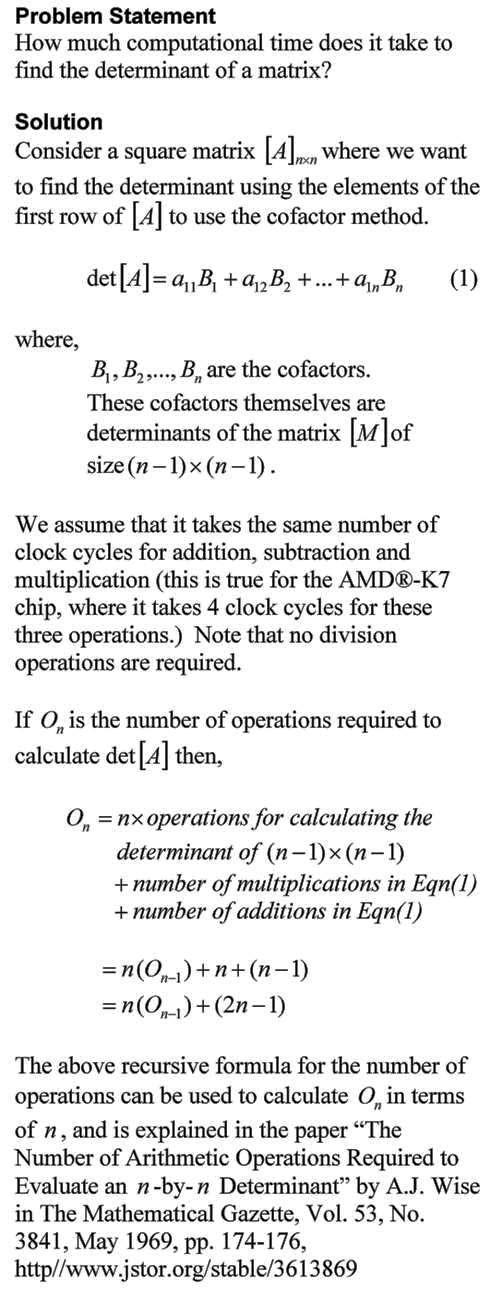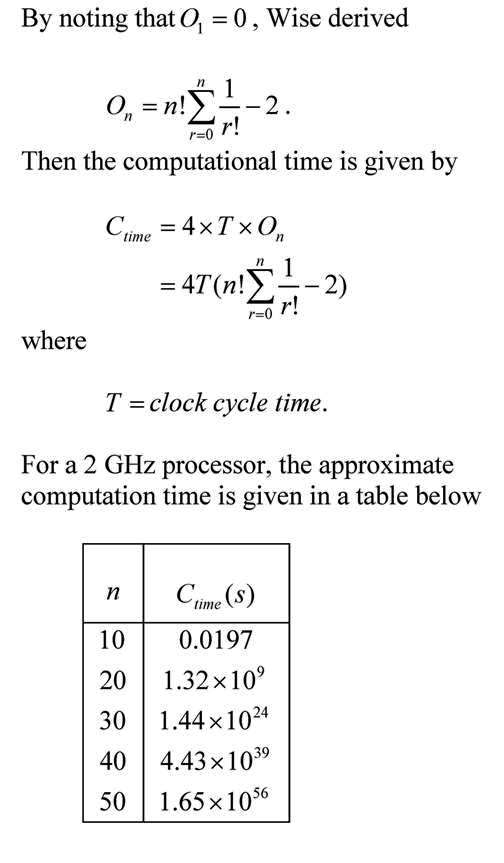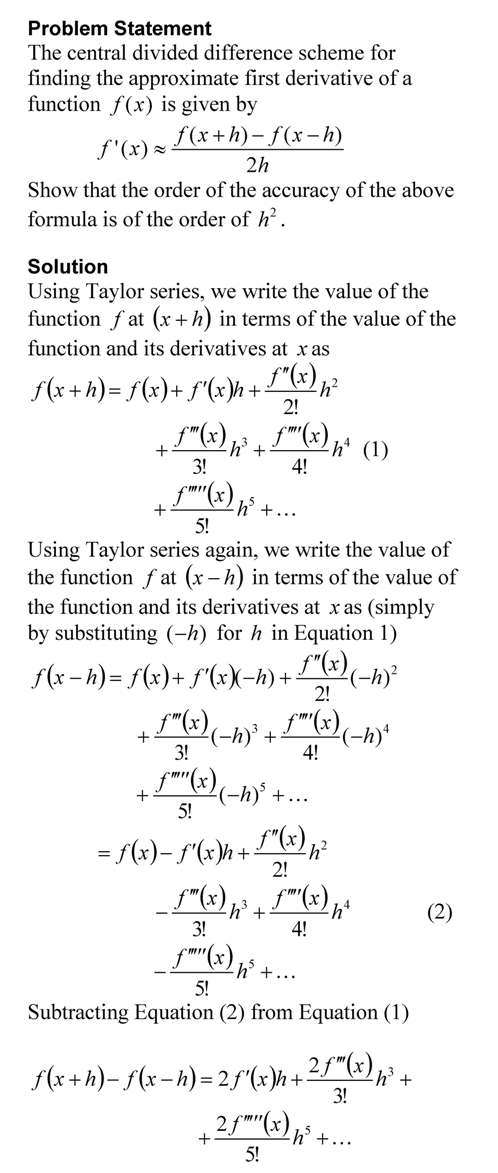Saylor Foundation (http:/saylor.org) is harnessing quality open courseware resources available around the world. More than 90% of the resources for the Numerical Methods for Engineers course at the site http://www.saylor.org/courses/me205/ is composed of content from the http://nm.mathforcollege.com website.
__________________________________
This post is brought to you by Holistic Numerical Methods: Numerical Methods for the STEM undergraduate at http://nm.mathforcollege.com, the textbook on Numerical Methods with Applications available from the lulu storefront, the textbook on Introduction to Programming Concepts Using MATLAB, and the YouTube video lectures available athttp://nm.mathforcollege.com/videos. Subscribe to the blog via areader or email to stay updated with this blog. Let the information follow you.







